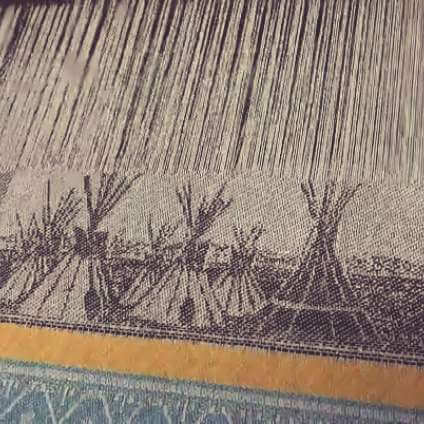
What if every fabric told a 10,000-year story of human ingenuity? From ancient weaving looms to today’s cutting-edge techniques, weaving has shaped how we live and what we wear.
When was weaving invented? It began around 8,000 BC, with simple looms that paved the way for today’s techniques. Ancient weaving used simple hand looms and frames with weighted threads to create basic textiles. Ancient weaving often relied on natural materials like cotton string and flax. Simple looms utilize warp threads (also known as warp yarns or warp strings) to form the foundation of the fabric. Weighted strings or other tensioning devices are used not specifically to hold the fabric in place but rather to maintain the necessary tension on the warp threads while weaving. These looms, though simple, marked a crucial step in human development. These advancements allowed ancient civilizations to produce woven textiles with intricate patterns in the weaving journey.
Over time, weaving techniques became more sophisticated. Ancient civilizations, like in ancient Egypt and Mesopotamia, developed more complex looms, producing intricate fabrics with a wider variety of patterns. These advancements laid the foundation for the stunning textiles woven by later cultures, such as the vibrant tapestries of Medieval Europe and the exquisite silk brocades of China. There is more to this weaving journey history than just woven fabric. Weaving with a loom, even in its simplest form, was a significant milestone in human history.
In the Middle Ages, the medieval loom revolutionized weaving technology. Medieval weaving thrived with the foot treadle loom, which freed the weaver’s hands for faster, more precise work. Tapestry looms, and techniques became popular for creating decorative designs. The harness system allowed for intricate patterns, transforming textile production and inspiring decorative techniques like tapestry weaving and other decorative techniques, including tea towels. But weaving wasn’t done evolving – it was about to take a revolutionary leap that no one saw coming.
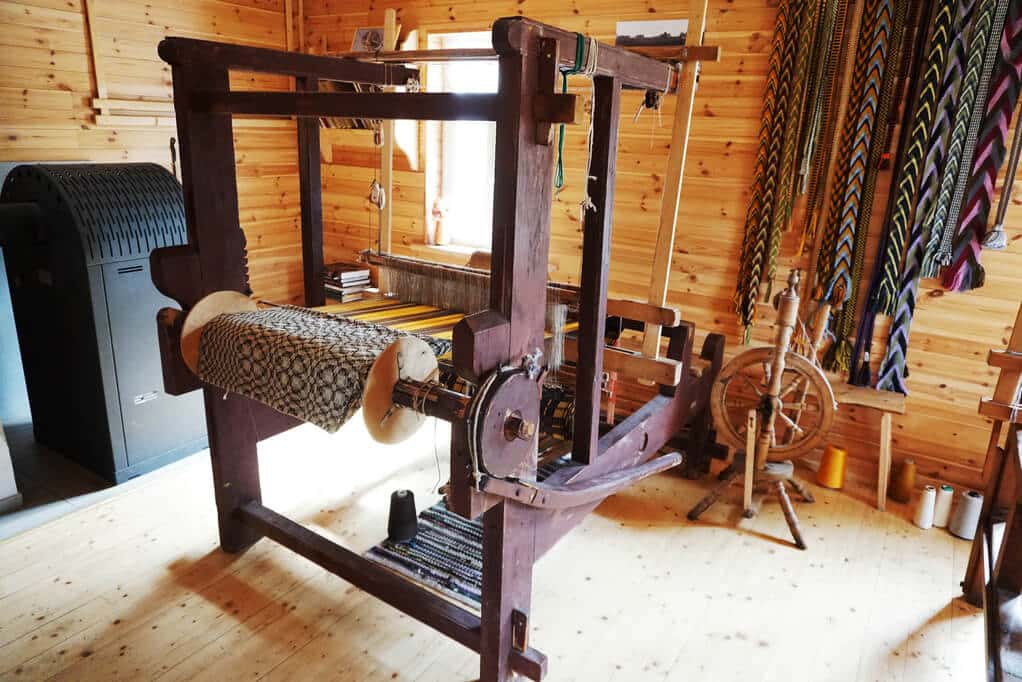
The Industrial Revolution transformed textile production with the invention of the power loom. This invention of the 18th century marked a shift from manual labor to machine-powered weaving. Mechanical looms could produce textiles much faster and with greater consistency, revolutionizing the textile industry.
Power looms boosted loom weaving efficiency but reduced the demand for hand weaving. Today, hand weaving is experiencing a revival, valued for its artistry and unique touch. Sustainable jacquard cotton tea towels exemplify how tradition and innovation can blend beautifully.
Modern textile weaving combines tradition with cutting-edge technology, offering endless possibilities. Artisans use rigid heddle looms to create intricate patterns, while machines produce mass-market fabrics. Artisans often start with a simple plain weave before exploring intricate patterns. Power looms dominate production, but hand weaving thrives as an art form, with weavers experimenting with fibers, yarns, and techniques.
Today, the weaving process blends ancient techniques with modern tools. Whether it’s the intricate patterns of Jacquard weaving or the simple elegance of handwoven scarves, the legacy of weaving lives on. Modern artisans explore intricate weave structures to create unique designs. Either weaving by hand or using advanced machines like Jacquard looms, the craft endures. Creativity and skill remain at its core, keeping weaving crafts alive for future generations.
At Crystal Arrow, we celebrate the timeless art of weaving. Our Jacquard tea towels blend traditional craftsmanship with modern innovation, bringing elegance and sustainability to your home. Explore our collection and experience the enduring legacy of textile weaving. Contact us today for more details!

Weaving Looms History From Ancient Art to Modern Mastery What if every fabric told a 10,000-year story of human ingenuity? From ancient weaving looms to today’s cutting-edge techniques, weaving has
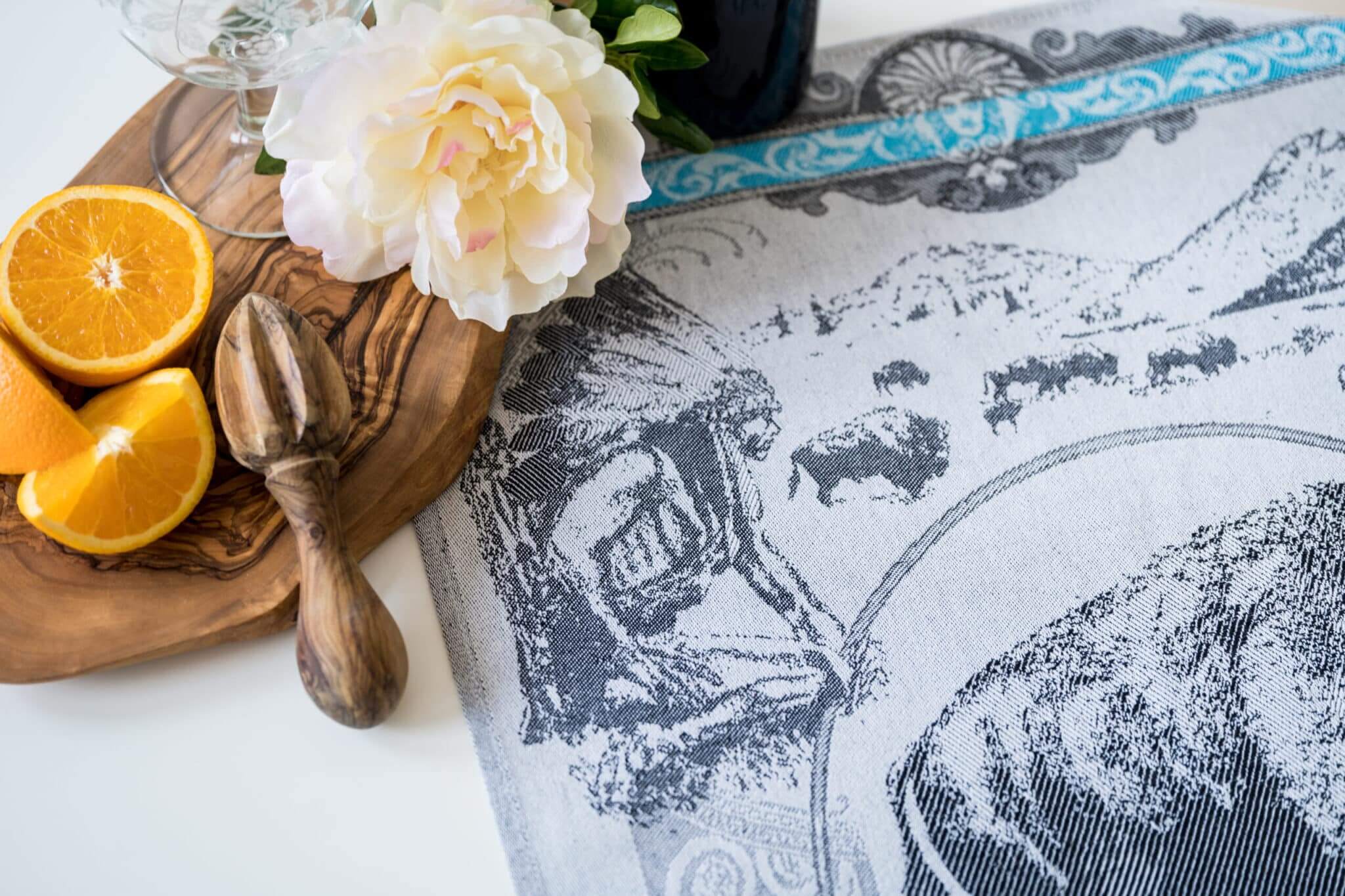
What Are Tea Towels Used For? What is a tea towel used for? These versatile kitchen towels do so much more than just dry dishes—they help with everything from handling
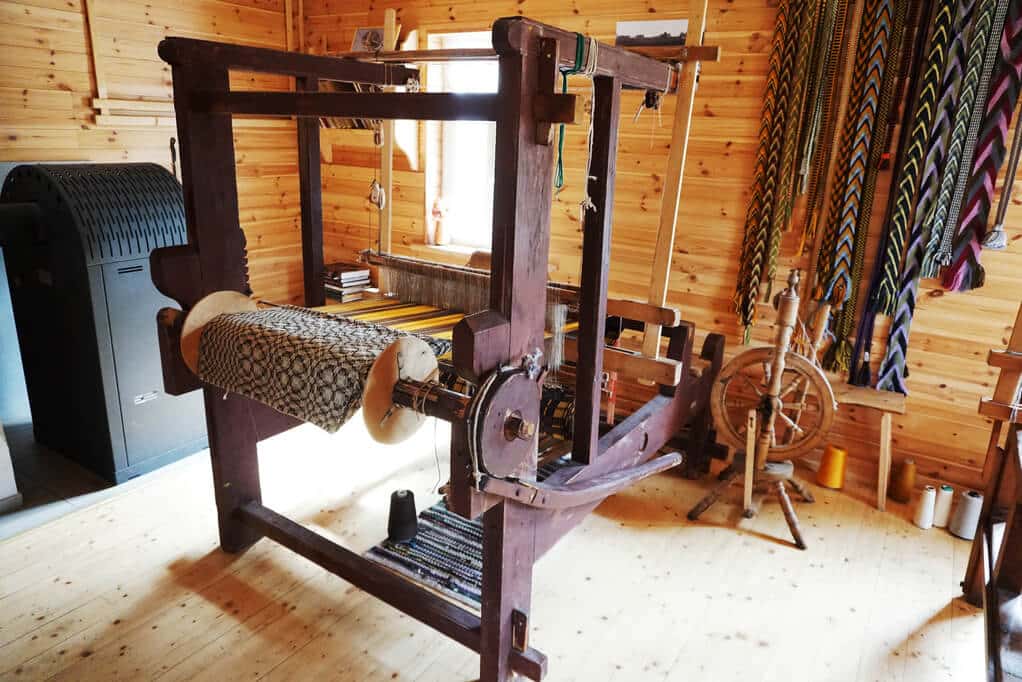
What if the beauty of a painting or the intricacy of a sculpture could be woven into fabric? What is a jacquard weave? Imagine them adorning your clothing, your furniture,

Why Jacquard Woven Cotton Tea Towels Are the Ultimate Sustainable Towels Choice You’re in your kitchen, crafting a culinary masterpiece. Every detail matters—including the tools you choose. You reach for
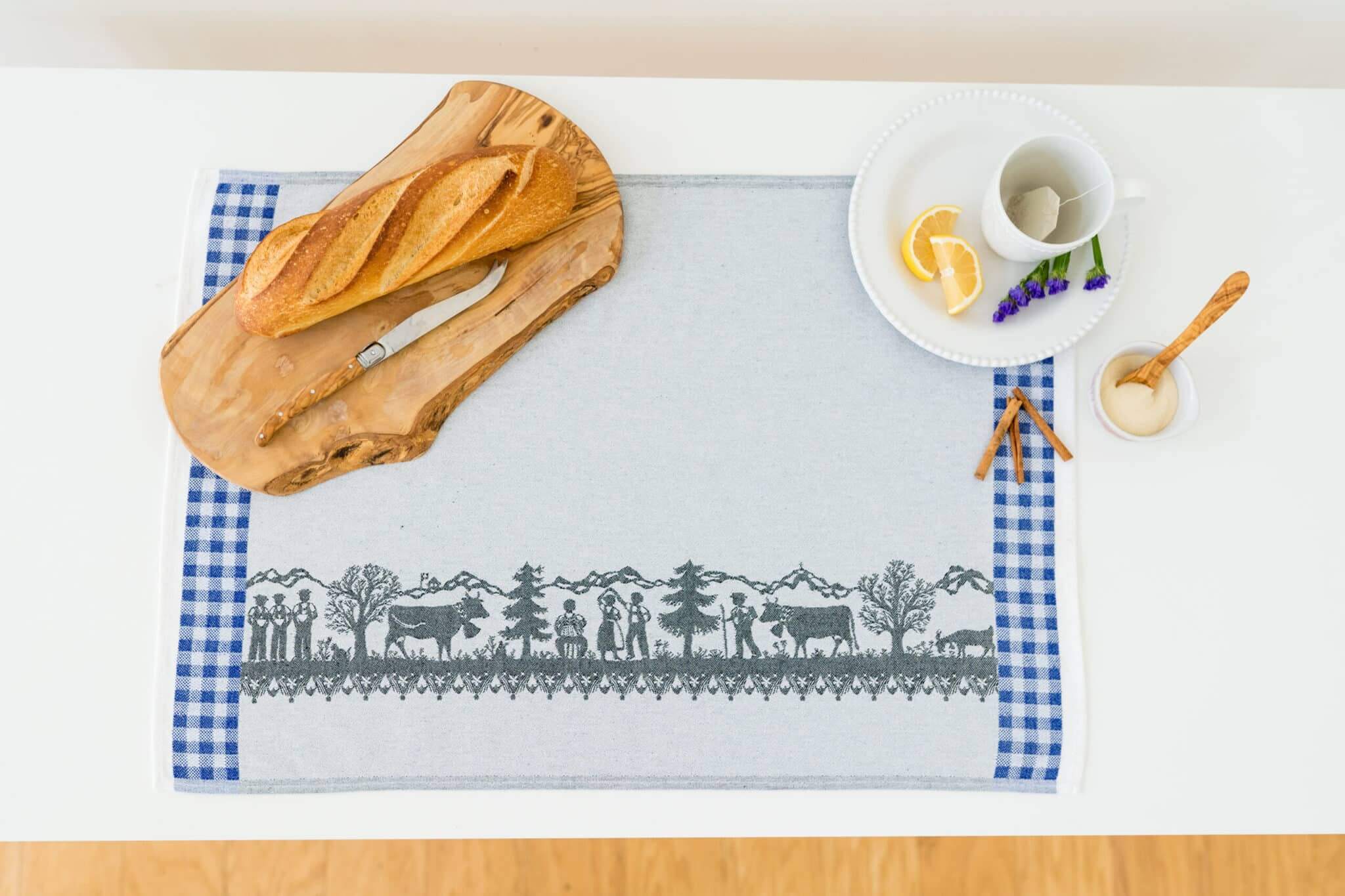
Are you wondering how to choose tea towels that last? Proper care makes all the difference, whether you’re dealing with food stains or simply want to maintain their aesthetic appeal.
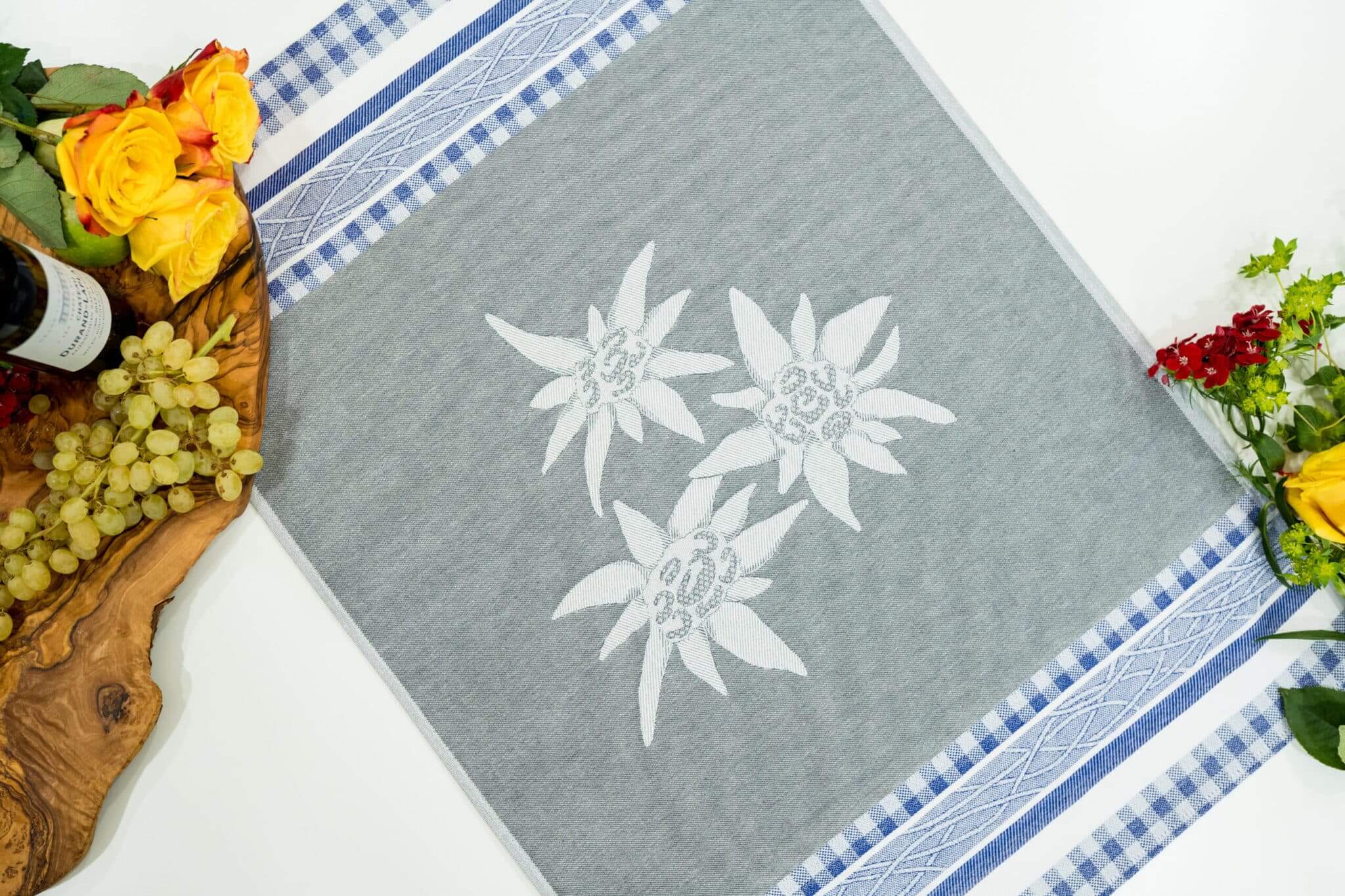
Have you ever stopped to admire the intricate patterns adorning your favorite jacquard woven tea towels? These beauties are crafted using the jacquard weave, which sets them apart from other
Free shipping on all orders over $50